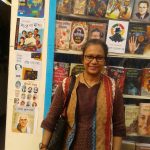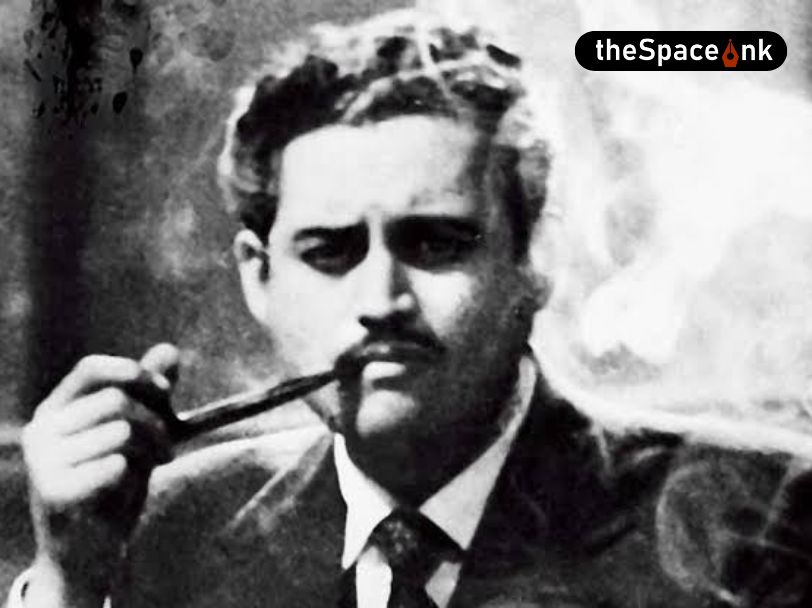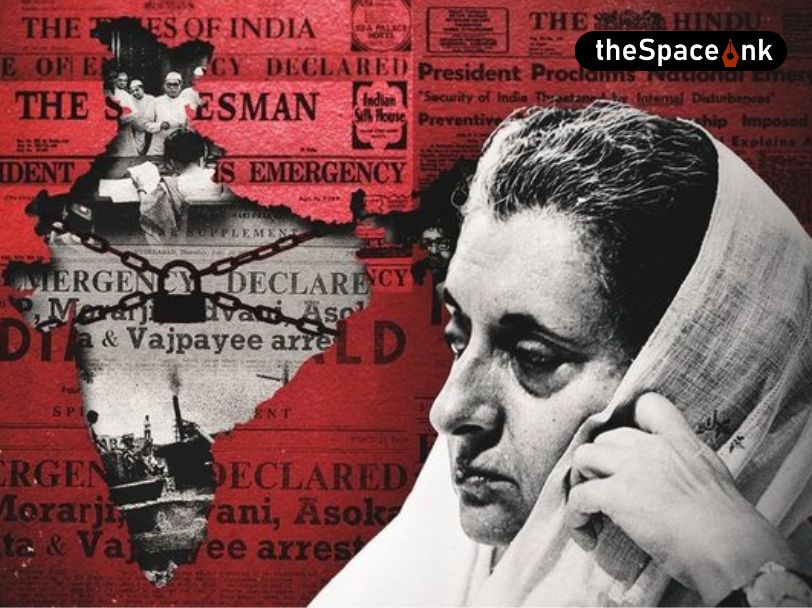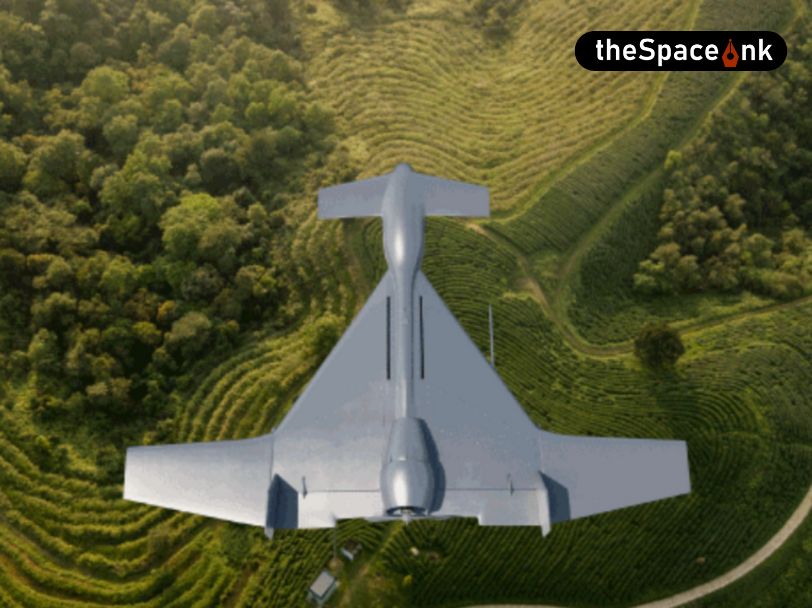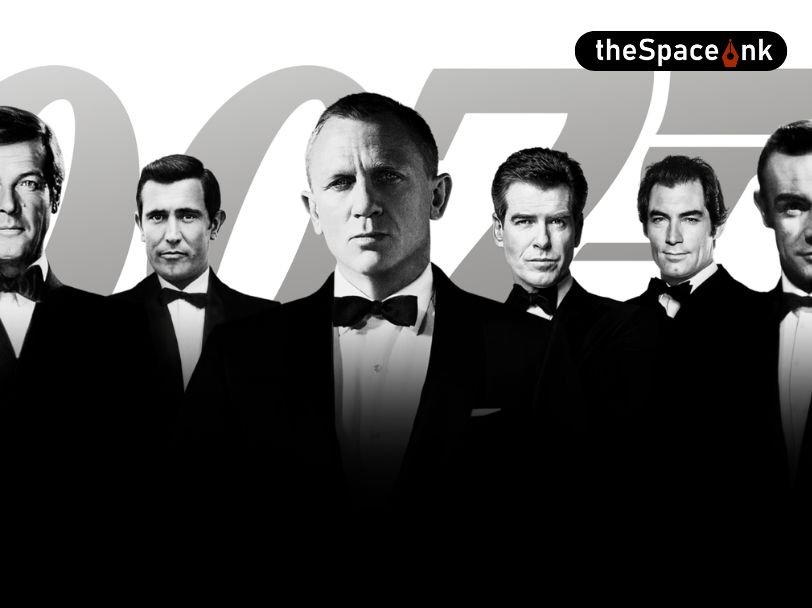Laughter, as they say, is the best medicine. It is the perfect antidote to unhappiness, fatigue and ill dispositions. A good laugh can cure serious ailments, where many medicines are known to have failed. So there is hardly any element of wonder, at the sudden emergence of associations that are named ‘laughing clubs’. These ‘clubs’ can be viewed, first-hand, if one happens to go for an early morning jog at a nearby park or any open expanse of public space. The members of these clubs range from men and women of diverse age groups, who most usually throw their hands up in the air and go ‘ha ha ha’. There appears to be no rhyme or reason for their impromptu laughter. Any passerby might be shocked all of a sudden at the sight. Put yourself in any of these men or women’s shoes. Won’t you feel light-hearted, full of bustling energy and ready to face the daily conundrums of life? All of a sudden, just by a mere laugh?
I have borne witness to these ‘laughing clubs’ myself. I had seen them when I used to go for my regular ‘morning walks’. My first thoughts had been: Where was this sound of rich laughter coming from? My next thought had been: Are these people laughing at me, probably? Then I discovered, to my utter dismay that these people were actually throwing their hands up and laughing, in full-throated ecstasy. The laughing clubs can be found mostly in modern metro cities where the stress of our daily lives leaves almost no room for laughter.
It had been my father who had taught me to read funny stories, as well as to find some hard-to-discern, unalloyed fun amidst the travesties of daily life. Some one had gifted me with a collection of Mullah Nasruddin jokes and asides.
My father had been an artist in his lifetime, a painter more precisely. Back then, it was not common to come across people who chose painting as a career. Those were the decade of the fifties, sixties and seventies. Turbulent times in the chapters of Indian history. There existed a huge cultural as well as economic gap between the middle classes and the so-called business communities. If someone had opted to study art, it would invariably be ‘commercial art’. Because then, there were prospects of earning money. But my father had opted to study ‘fine arts’ at the Government College of Art and Craft, Calcutta. He had to face stern opposition in the home front as well professional front. Often people, negligent of the ways of life lead by an artist, would most frequently pose him with the question:
“What do you do for a living?”
My father used to reply: “I paint”.
Against which, was posed another remark of almost the same nature, but positively hilarious:
“Ok. I understand. But what do you DO?”
To this, my father could just about stifle a smile and add, “That’s what I do.”
“Oh! OH!”
The scenario has changed completely since then. Today, if a boy or a girl opts to take up the visual arts as their subject of study and dream of making it big one day as a painter, sculptor or graphic artist, one is hardly surprised. Because one knows that the Indian art market has changed drastically in the past few years. Today, art is a veritable subject in the school curriculum. And art teachers are appointed to ‘teach’ students to express their feelings visually. Here the students are given free rein. So if a student, in his or her formative years, draws the sun in the colour blue or maybe red, far from finding it funny, hilarious or a matter of laughter at the young one’s expense, the teacher asks the student the reasons behind the choice or use of colour.
It had been my father who had taught me to read funny stories, as well as to find some hard-to-discern, unalloyed fun amidst the travesties of daily life. Some one had gifted me with a collection of Mullah Nasruddin jokes and asides. The latter was a Turkish witty fellow, whose had circulated the notion of ‘The Wisdom of Folly’ and whose funny as well as serious jokes are known far and wide, all over the globe. He is a legendary character in local as well as our vernacular literary world where he has been quoted by innumerable litterateurs.

In one such worthy anecdote, the Mullah recounts his encounter with a music ‘guru’ who, if the latter relented, would provide him with music lessons. As is the custom, Nasruddin had asked his teacher, on the very first day of his arrival at the latter’s home, “How much should I pay you, if you kindly agree to teach me music lessons?” His teacher or ‘guru’ had responded with, “I charge two hundred dinars for the first month. But from the second month onwards, the fee would be reduced to half, to just a hundred dinars.” The ‘dinar’, being the local currency, has recurred time and again the mullah’s wise asides, the latter being known to be a much impoverished person.
Nasruddin, after giving it much thought, said with sangfroid, “Then I would start learning music at your residence from the second month onwards.”
Those were the decade of the fifties, sixties and seventies. Turbulent times in the chapters of Indian history. There existed a huge cultural as well as economic gap between the middle classes and the so-called business communities.
There are many such anecdotes that abound around this legendary character, Mullah Nasruddin. His wit and splendid repartee are of world renown. On one occasion, the Mullah was asked by another clever Afghan, “Which one is more important for us – the moon or the sun?” Nasruddin had replied, “Of course the moon.” The other fellow was baffled. He probed further. “ Why do you feel that way?” The Mullah replied, nonchalantly, “Because during the day, we can see things very clearly. It is only at night that we need the light of the moon. So you see the moon is more important for us.”
It was just the other day that Nasruddin was returning home, after buying meat to make ‘kababs’ from the local market. He had recently had the most delectable variety of ‘kababs’ at a restaurant of his particular choice. While he was heading homewards, a bird, large enough to be an eagle, suddenly snatched the meat away from his hands. He had to return home empty-handed. When other people were expressing their deep regret at the unfortunate incident, the Mullah, quite jocularly, had added after a deep thought, “The bird is a big fool. How can a piece of raw meat be of any use to it? The recipe for the ‘kabab’ is still in my hands.”
For Haimanti, the journey of writing began with sending articles to newspapers, mainly The Statesman. Having an English Literature background was a big help indeed. Writing for blogs, and contributing
articles and short stories paved the way ultimately for the publication of IN LOVING MEMORY (Rupali Publications of Kolkata, 2015) and THE CIRCLE OF LIFE & OTHER TALES (Locksley Hall Publishing, 2018). Creative writing, which started as a hobby, soon became a passion. She believes, if readers get
pleasure out of her writings all her efforts have been worthwhile.



